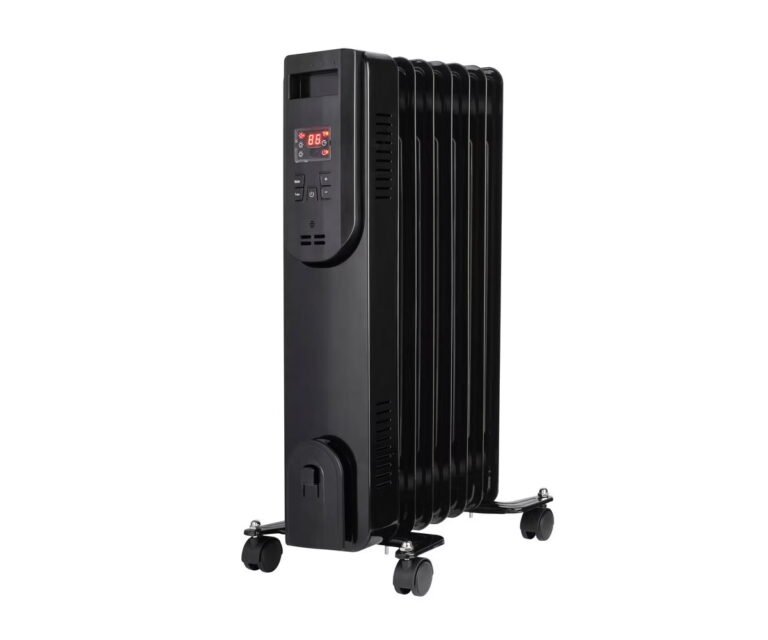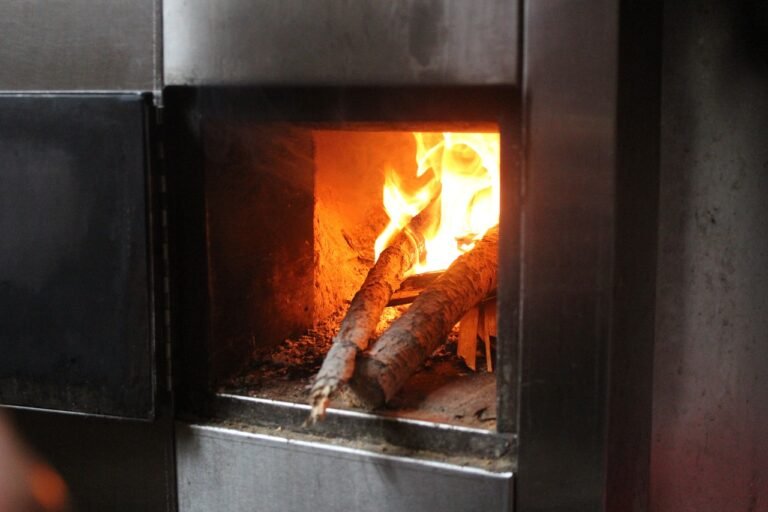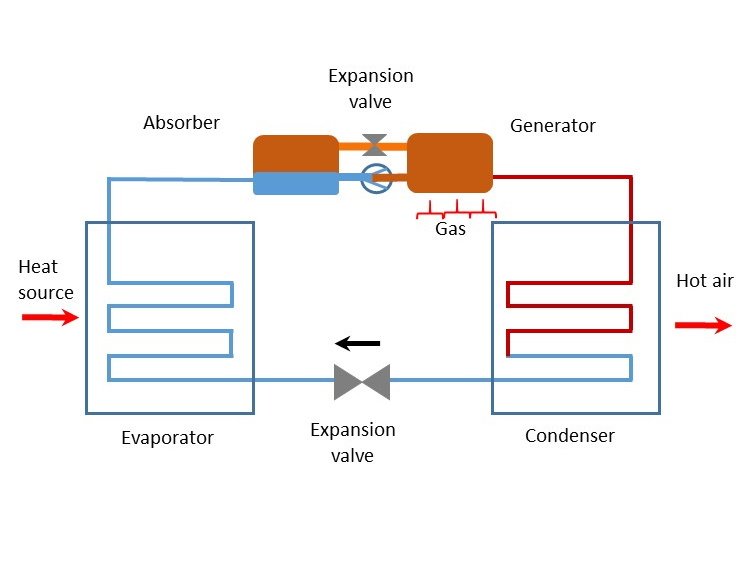Tips and Tricks on How To Remove Bad Smell From The Air Ducts
The bad smell from the air ducts of your HVAC system is a common problem for many homeowners. Ductwork is the place of different odors caused by various sources, including mold and mildew, plumbing leaks, infestation, decaying insects, birds and rodents, and malfunctioning equipment.
Here we will show you how to prevent and clean smelly air ducts, find the source and what it means.
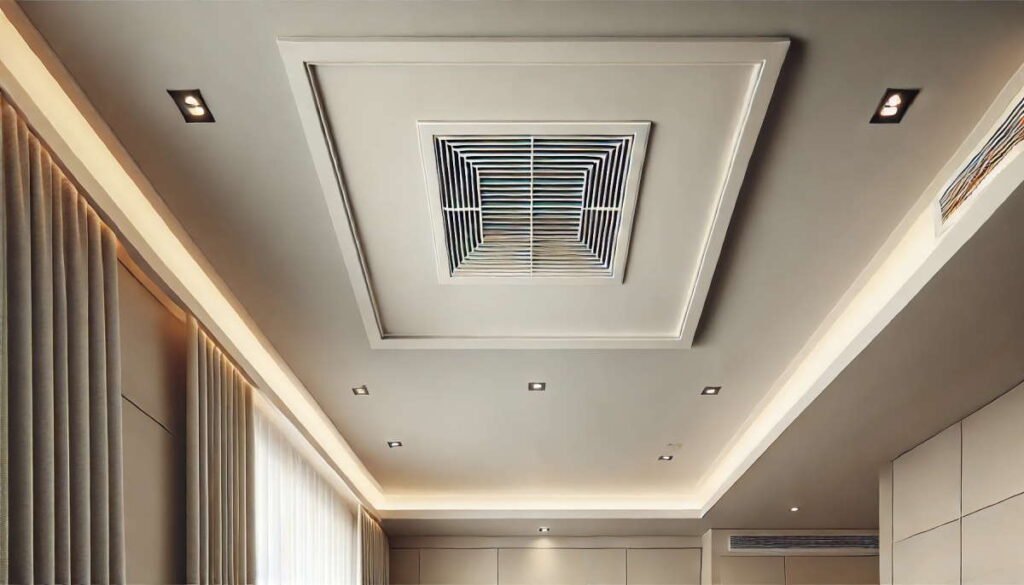
Bad Smell from the Air Ducts: Things to Look For
Signs of Dirty Air Ducts and Consequences
Like everything else, if your HVAC system is not regularly maintained, air ducts can accumulate dust, dirt, and debris, leading to various issues ranging from increased energy costs to health problems.
Let’s see what the common signs of dirty air ducts are, so you know when it is time to clean them:
- Dusty grills. Dirty vent covers (grills), through which your HVAC system blows warm and cold air, are often clear signs that you should check and clean the venting system.
- Dusty home. If you see a constant dust build-up in your home, and more than usual, it is time to clean your air ducts.
- Clogged air filters. Air filters are designed to trap contaminants and prevent their circulation throughout your home. If clogged, air filters must be cleaned but also remind you to check your HVAC ducts and clean them if necessary.
- Air ducts smell musty. A musty odor in air ducts is a clear signal that your ventilation needs cleaning. The stale air with the dirty sock smell means you could have a mold or mildew problem, often due to bacterial growth in dark and humid places.
- Allergies are worse than before. Since your HVAC system blows air through the dirty ductwork, it picks up allergens spreading throughout the house, making you suffer from allergies more than usual. Some people can also suffer persistent cough and other health issues.
- Poor airflow. Dirty ductwork and grills can prevent your heating and cooling system from providing proper airflow, making the unit work harder and use more energy, resulting in higher energy bills.
- Signs of rodents and insects. If rodents and insects are present in your air ducts, you will often see droppings, hair, fur, and dead bodies, making the surrounding very unhealthy. You might even have to hire a professional to remove them and clean the vents.
- Health symptoms of dirty air ducts. With the dirty air ducts, you or someone from your family might be experiencing some of the following symptoms: Coughing, sneezing, throat irritation, respiratory issues, difficulty breathing, asthma, allergies, headaches, eczema, rash, hives, and others.
What Do Dirty Air Ducts Smell Like?
Any odor coming from your HVAC system can lead to an unpleasant experience and worries.
And because there are various causes, identifying the type of smell can help you figure out the source and give you an idea of how to repair it.
Here are some of the common types of odors that can also be found in air ducts:
- Dirty socks smell. Homeowners often describe this problem as stale air, a musty or moldy odor. This is a typical sign of mold or mildew presence.
- Rotting garbage. Rotting garbage odor is often the sign of a dead animal trapped inside the vents.
- Sewage smell. This often happens when there is a crack or leak in your plumbing or sewer vent pipe.
- Rotten egg smell. A rotten egg or sulfur smell usually happens with a natural gas leak.
- Burning smell. The burning smell can come from a short circuit, a bad fan motor, or a mechanical or electrical issue.
What’s Hiding in Your Air Ducts
When talking about vent contamination, this is what duct cleaning professionals are actually referring to:
- Mold and mildew
- Dust and dust mites
- Pollen
- Pet dander
- Fungi
- Rodents’ and insects’ fur, hair, droppings, and remains
- Bacteria and viruses
- Tobacco smoke by-products
- Chemicals
Top Benefits of Air Duct Cleaning
Cleaning HVAC air ducts can be done by a homeowner who is comfortable with DIY projects or using a professional service, which is more thorough. Either way, you go, there are several benefits you will enjoy:
- Healthier air leads to lower respiratory and allergy problems.
- Well-performing system delivers higher efficiency and less problems.
- Lower energy bills.
- Longer lifespan of your system.
- Less dust means less home cleaning for you.
How to Remove Odor From Air Ducts at Home: DIY Guide
Removing odor from air ducts involves several steps to identify the source, clean the ducts, and prevent future odors. Here’s a detailed DIY guide:
Identify the Source of the Odor
First, inspect the ducts for visible signs of mold, mildew, or debris that could be causing the smell. Check for any moisture and look for signs of water leaks or condensation. Perform a smell test by turning off the HVAC system and following your nose to pinpoint the strongest area of the odor.
Turn Off the HVAC System
Before starting any cleaning process, ensure that the HVAC system is completely turned off. This prevents any debris or odors from circulating during the cleaning process.
Remove and Clean Vent Covers
Use a screwdriver to remove vent covers from walls, ceilings, or floors. Soak the covers in warm, soapy water to remove dust and grime, scrubbing with a brush if necessary. Rinse and dry the covers thoroughly before reattaching them.
Vacuum the Ducts
Using a vacuum cleaner with a long hose attachment, reach deep into the ducts to vacuum both the supply and return ducts. This step helps remove dust, debris, and any potential sources of odor.
Brush and Clean the Ducts
Take a stiff-bristle brush to scrub the interior of the ducts gently, dislodging any stuck-on dirt, mold, or mildew. Follow up by wiping the inside of the ducts with a damp microfiber cloth to remove any remaining residues.
Clean the Blower and Air Handler Compartment
Access the blower and air handler compartment in your HVAC system and vacuum and wipe down these areas. Removing dust and debris from these components helps reduce potential odor sources.
Sanitize the Ducts
Prepare a sanitizing solution by mixing one part vinegar with one part water or using a commercial duct sanitizer. Use a fogging machine (you can rent one from Home Depot or Lowe’s) to evenly distribute the sanitizer throughout the duct system, or manually apply it by dampening a cloth with the solution and wiping the inside of the ducts.
Replace HVAC Filters
Remove the old HVAC filters and replace them with new, high-quality filters. Choose filters with a high MERV rating to effectively trap dust and contaminants, ensuring better air quality.
Use Baking Soda or Activated Charcoal
Place bowls of baking soda or activated charcoal near the vents to absorb any lingering odors. Leave them in place for several hours or overnight to allow them to work effectively.
Use Essential Oils
Another eco-friendly solution is to use essential oils. Essential oils such as lavender, eucalyptus, and tea tree oil not only have antibacterial properties but also provide pleasant scents. Add a few drops of these oils to a spray bottle filled with water, then spray the mixture inside the ducts for a refreshing aroma.
Additionally, you can use citrus peels; place dried orange, lemon, or lime peels inside a mesh bag and position it near the vents to naturally freshen the air.
Install UV Lights
Consider installing UV lights inside your HVAC system to kill mold, bacteria, and other odor-causing microorganisms. UV lights can be an effective long-term solution for maintaining clean ducts.
Ensure Proper Ventilation
Open windows and doors to allow fresh air to circulate in your home while cleaning the ducts. Use fans to enhance airflow and help dissipate any remaining odors.
Check for and Repair Leaks
Inspect your ductwork for any leaks or gaps that could allow odors to enter. Use duct tape or a sealant to repair any leaks, ensuring the duct system is airtight.
Regular Maintenance
Schedule regular maintenance for your HVAC system to ensure it remains clean and efficient. Replace filters every few months, depending on usage and filter type, to maintain optimal performance.
Prevent Future Odors
Keep your home clean and free of dust and debris to prevent future odors. Use dehumidifiers to control moisture levels and avoid mold growth, and avoid smoking indoors and promptly address any spills or leaks.
Professional Help
If odors persist despite your efforts, consider hiring a professional air duct cleaning service.
How Often to Clean Air Ducts
Ductwork cleaning is a vital part of maintaining your HVAC system.
Some experts recommend cleaning ducts at least once a year or if there is visible mold growth, if ducts are infested with rodents and insects, or if there is a substantial accumulation of dust and debris.
And if you have people at risk in your home, the E.P.A. recommends cleaning your dirty air ducts as often as necessary.
The cleaning schedule might look like this:
- Fan assembly – every 2 months
- Grills and registers – every 2 months
- Air filters – every 2 months
- Ductwork – once a year
- Evaporator and condenser coils – once a year
And before duct cleaning, any cause of a problem must be corrected, so it doesn’t repeat. Also, preventing dirt and moisture from entering the duct system is the most effective way of preventing future problems.
Conclusion
While the bad smell in air ducts is very annoying, it might be an indicator that something bigger is going on. Fortunately, it can be prevented and removed when properly done. Cleaning ductwork is one of the solutions and should be a part of your routine maintenance task.
Here you will find details on how to clean air ducts properly to ensure proper airflow, healthier air, high efficiency and performance, and low energy expenses.
More Articles About Home Heating

Heat Pump Not Cooling? Here’s What You Need to Know
Heat pumps are essential not only in the winter for heating our homes but also in the summer to cool…
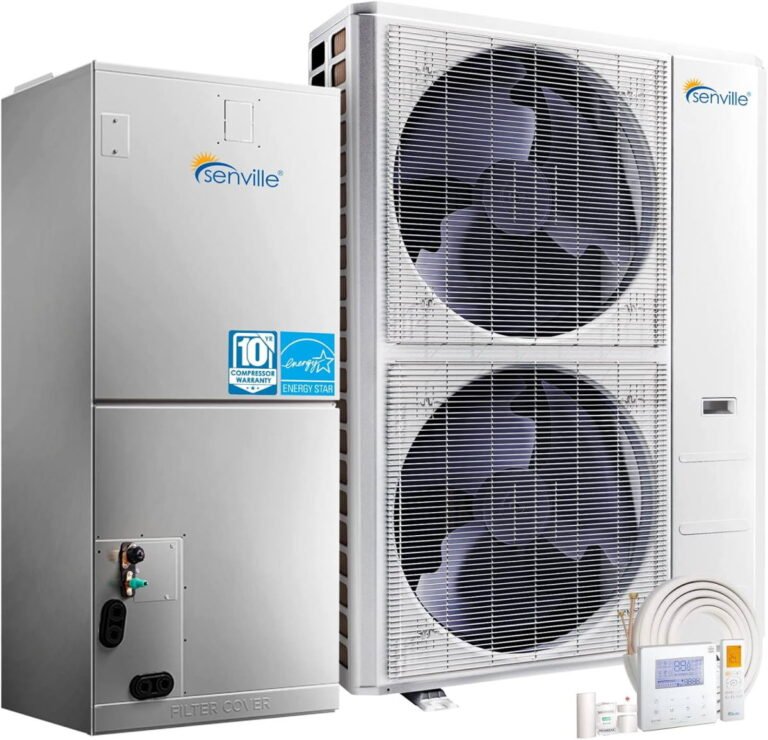
Compare Ductless Mini-Split Heat Pumps vs. Window Heat Pumps: Which Is Right for You?
In this article, we are going to look at ductless mini-split heat pumps vs. window heat pumps, examine how each…
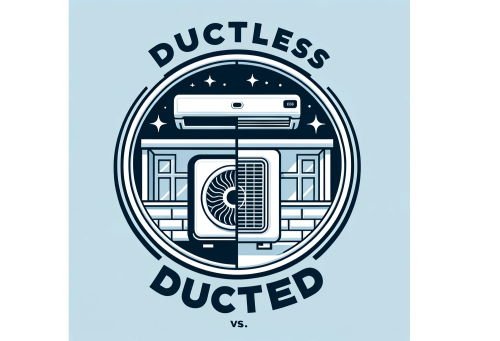
Explore the Differences: How Ductless vs. Ducted Heat Pumps Compare
Deciding between ductless vs. ducted heat pumps is as easy as planning a holiday. You know it’s going to cost…

